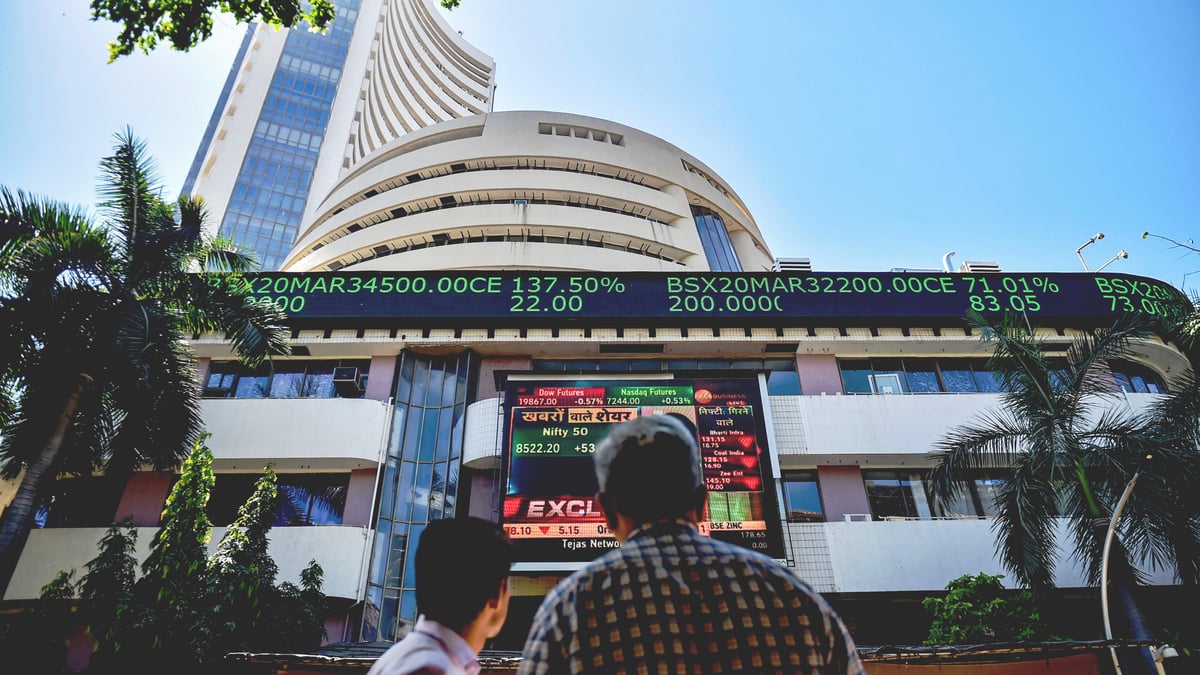Morgan Stanley Bullish On India
Amid concerns of a slowdown in economic growth, along with rising inflation, American financial services behemoth Morgan Stanley has sustained its ‘bullish’ stance on the Indian economy.
It has called the Indian economy one of the best performers in the emerging Market.
Emerging market is a term that is usually used for developing nations, who unlike nations with developed status, are in the midst of rapid growth as a part of the ‘catch up’ that these economies do, in comparison to other economies.
Sensex Could Touch 1,00,000 Mark
Morgan Stanley believes, that India is still the market to beat. In addition, the American financial institution projects a 14 per cent growth for the oldest index in Asia, the BSE Sensex.
The brokerage expects it to reach 93,000 by December 2025, under the current momentum. Meanwhile, under a bullish and expedited situation, the Sensex could surge to 1,05,000.
On the contrary, if things slowed down, taking a bearish outlook, the index could stumble to 70,000.

GDP Growth Slows To 2-year Low Of 5.4% In Q2 due To Poor Show By Manufacturing, Mining | Representational image
India’s GDP Growth Dips
When it comes to the state of the Indian economy, it has been one of the shining stars in the sky of other global economies, that have stayed in a limbo.
But, in the recent past, as a result of internal and external factors, these once impressive numbers are starting to appear quivery.
This was exhibited by the recent inflation and GDP numbers. The India economy grew at a slower pace in the second quarter of the current fiscal year, FY25. The GDP growth rate dipped to 5.4 per cent, which is the lowest rate of growth in 7 quarters or close to 2 years.

As a result of this development, the central bank, according to many, is not expected to change, or more particularly, is not expected to lower the repo rate.
|
Will RBI Cuts Rates?
In addition, the inflation rate has seen a steady rise in the recent past. The retail rate of inflation, measured through the consumer price index, which hovered around 3-3.5 per cent at the beginning of the year, spiked to 6.2 per cent in October, which is well beyond the RBI threshold of 4 per cent.
As a result of this development, the central bank, according to many, is not expected to change, or more particularly, is not expected to lower the repo rate.
This could further hamper circulation of capital, thereby holding a surge in markets.
